The story behind Rita Hayworth’s iconic pin-up photo, 1941
 •
by
•
by Clark.Kent
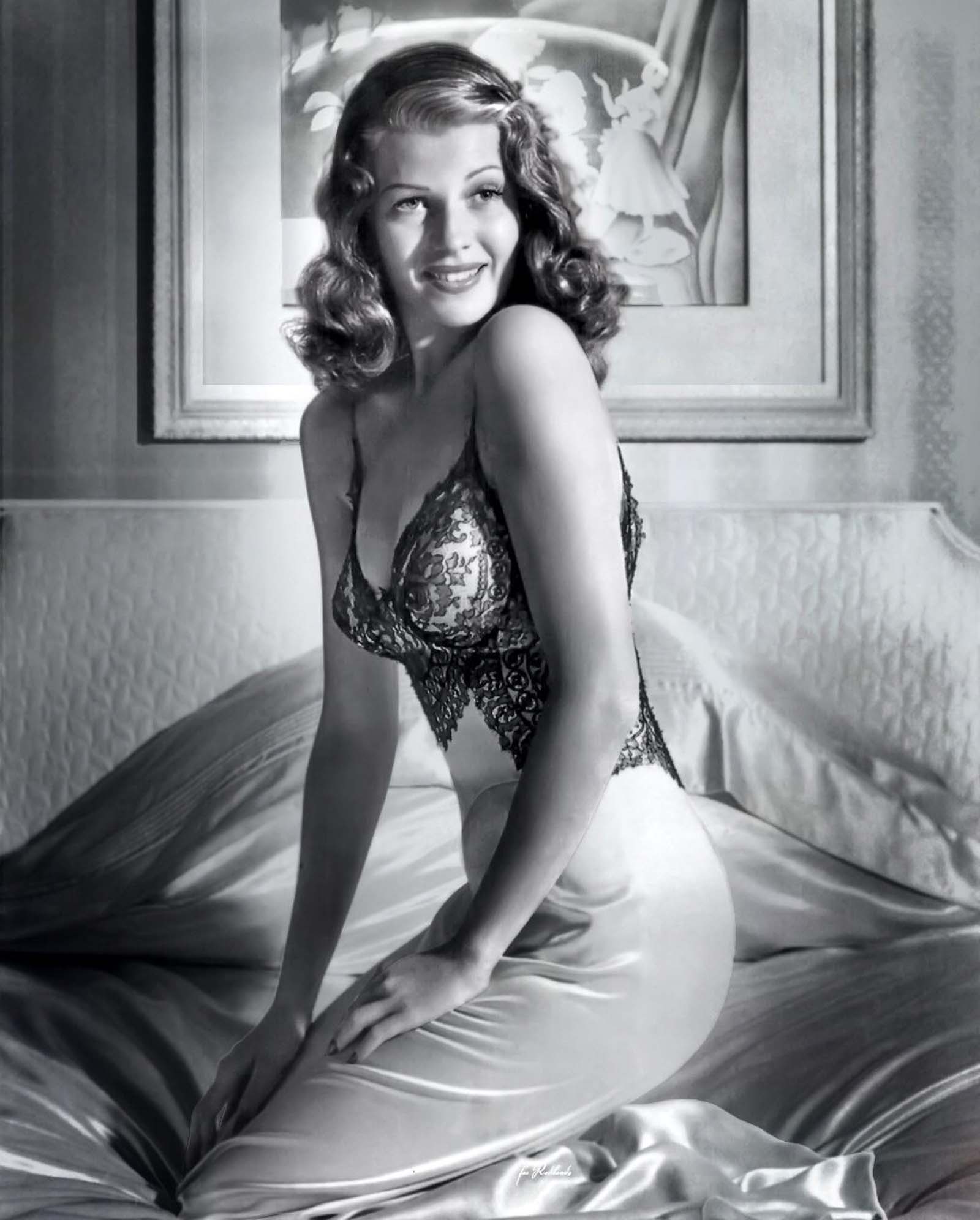
Rita Hayworth’s iconic pin-up image.
A few months before Pearl Harbor was attacked, LIFE magazine ran a black-and-white photograph of an up-and-coming movie actress named Rita Hayworth. The redheaded beauty was kneeling on a bed made up with satin sheets, her silky nightgown is white, with black lace trimming the low-cut top.
Bob Landry, the photographer, took many photos of Hayworth, but his favorite was an accidental one – his flash was too bright and this is mirrored in the black silhouette reflected at Hayworth’s back. However, Landry thought this added more depth and mysterious allure to the picture and submitted it to the magazine.
John G. Morris in his book “Get the Picture: A Personal History of Photojournalism” remembers: One day, a Columbia Pictures press agent named Magda Maskel suggested photographing Rita Hayworth in a black lace nightgown that Maskel’s mother had made.
[Life’s Hollywood correspondent, Richard] Pollard and photographer Bob Landry met Maskel at Hayworth’s apartment. She knelt on a bed in the nightie, looking provocative, and Landry snapped away. Good, but something else might be done. Pollard spoke up: “Rita, take a deep breath.” That was it. The perfect frame.
Four months after Hayworth’s photo was published, America went to war. And soldiers took the silk-and-lace picture along to remind them of home. Eventually, the picture became one of the most famous and most frequently reproduced American pinup images ever.

Another shot from the same session.
By the end of the war, more than 5 million copies of this photo were sold. The US Navy named her, “The Red-Head We Would Most Like to be Ship-Wrecked with”. Only Betty Grable, smiling cutely over her shoulder in a white bathing suit and heels, with legs that went on forever, sold more pin-ups.
World War II was the golden age of pinups. For the first time in history, the US military unofficially sanctioned the creation and distribution of pinup pictures, magazines, and calendars to troops in order to raise morale and remind young men what they were fighting for. These vintage WWII pinup posters adorned servicemen’s lockers, the walls of barracks, and even the sides of planes.
Hayworth was one of the biggest stars of Hollywood’s Golden Age. Her biggest success on film was the lead role in Gilda. “There NEVER was a woman like Gilda!” says a movie poster of the day. It was during the filming of You’ll Never Get Rich that the 1941 silk-and-lace LIFE magazine photo was taken.

Rita Hayworth on August 11, 1941 (LIFE magazine cover).
There was way more to Rita Hayworth’s wartime activities than being a pinup girl. She volunteered in the Naval Aid Auxiliary, an organization of men and women which provided general assistance to the Navy and Marines.
As most stars in Hollywood, Rita was a regular at the Hollywood Canteen, where she served food and danced with the servicemen. She also visited over three hundred cities as part of seven war bond tours, as well as touring camps and military hospitals.
Rita was horrified in 1946 to find out that her famous pinup picture had been plastered on the bomb tested on the Bikini Atoll.
Hayworth’s offscreen life, meanwhile, was frequently tough. She married five times; she struggled with alcoholism; she was diagnosed with Alzheimer’s disease. Her celebrity brought a lot of attention and research funding for, what was then little-understood disease.
When she died on May 14, 1987, President Reagan (not yet diagnosed himself) praised her contribution and brave face towards the disease. In a moment of lucid thought, she once told an interviewer, “whatever you write about me, don’t make it sad.”
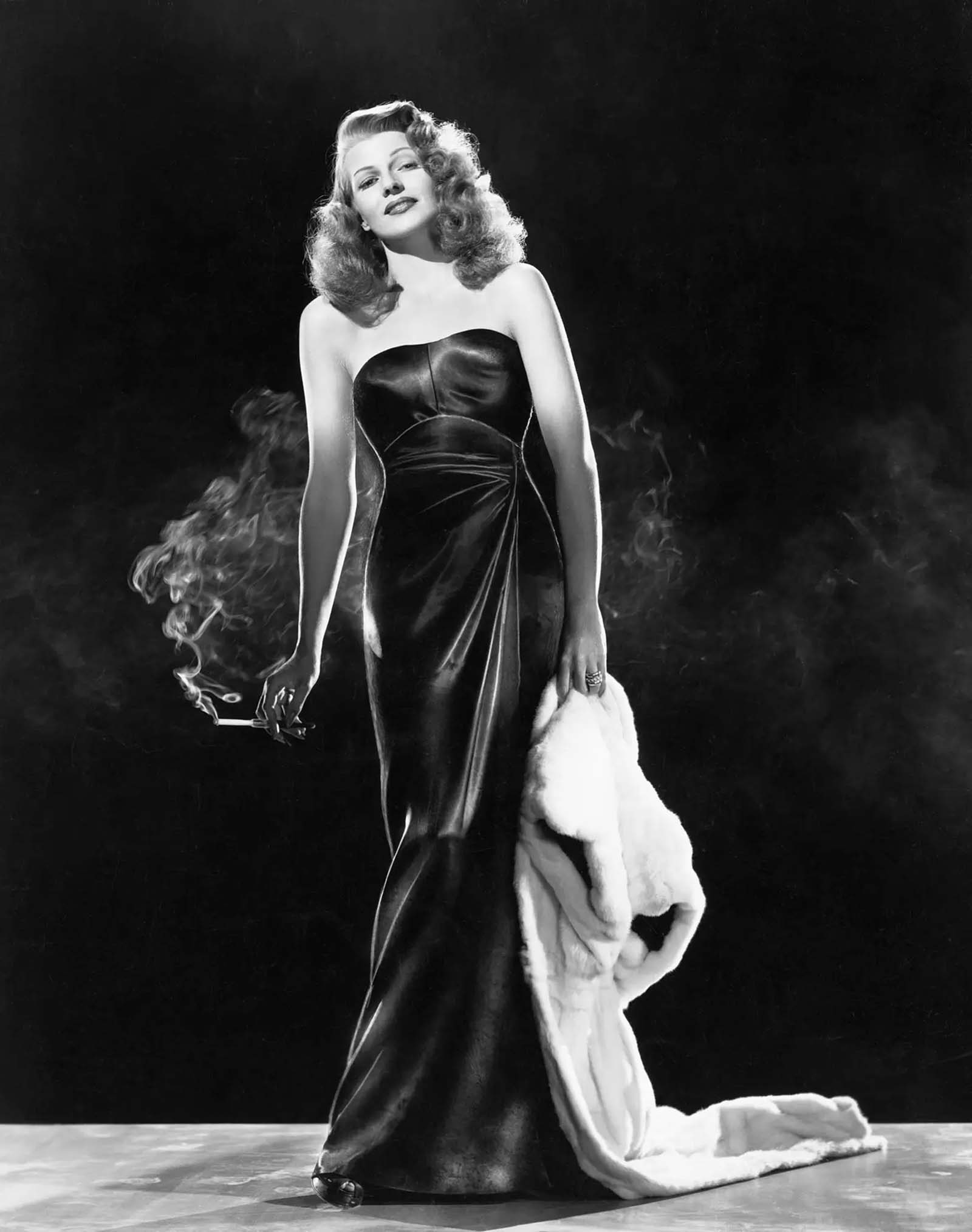
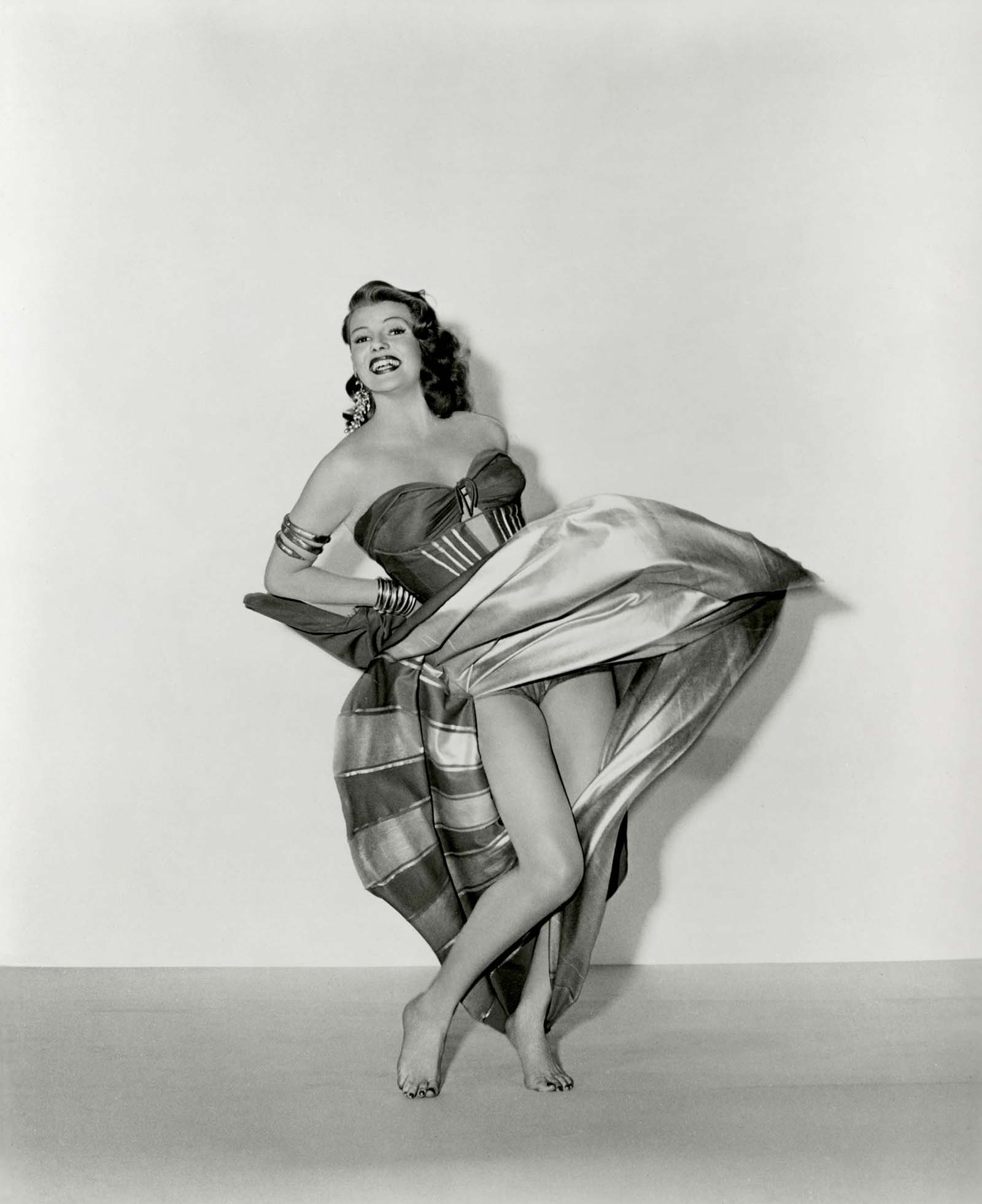
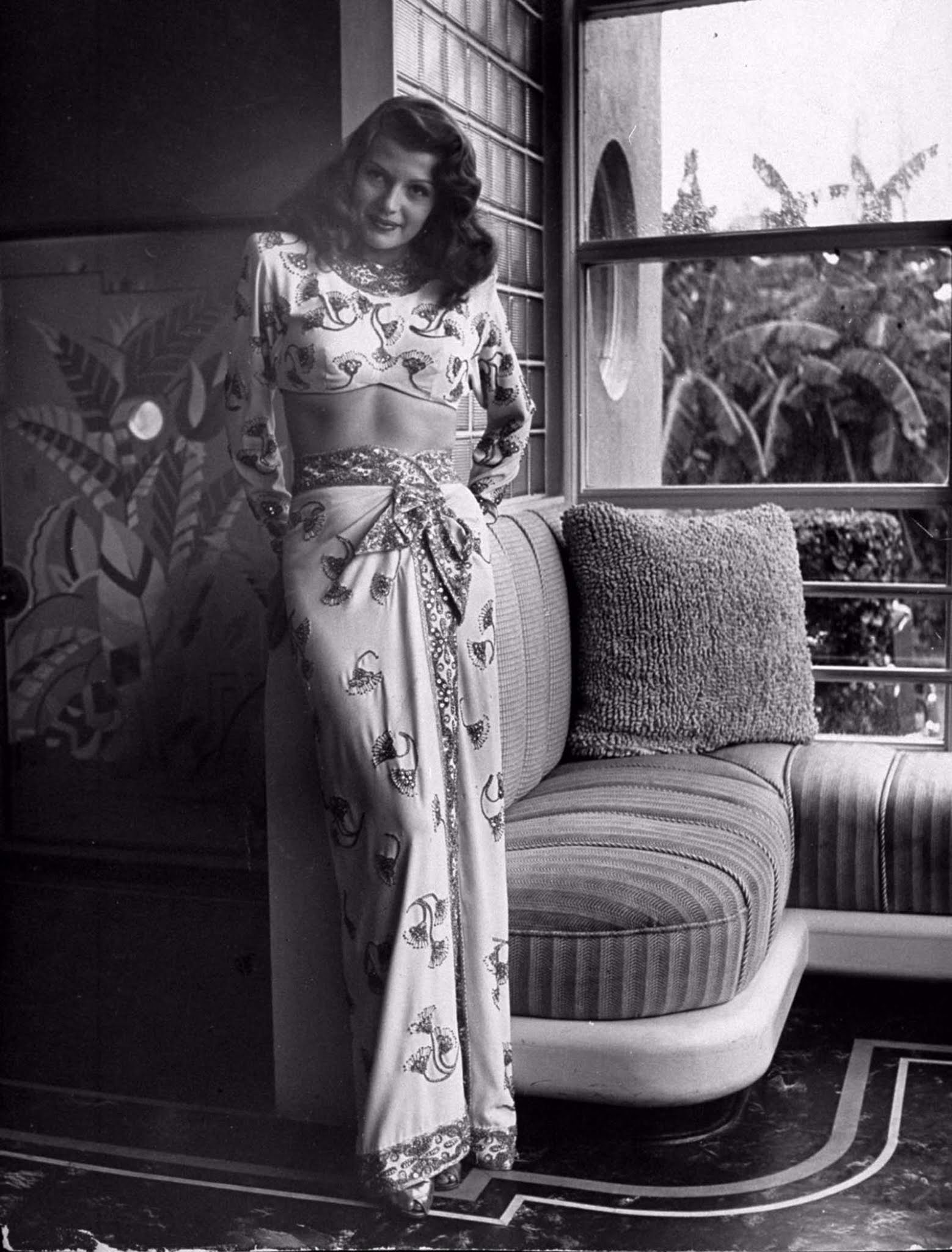
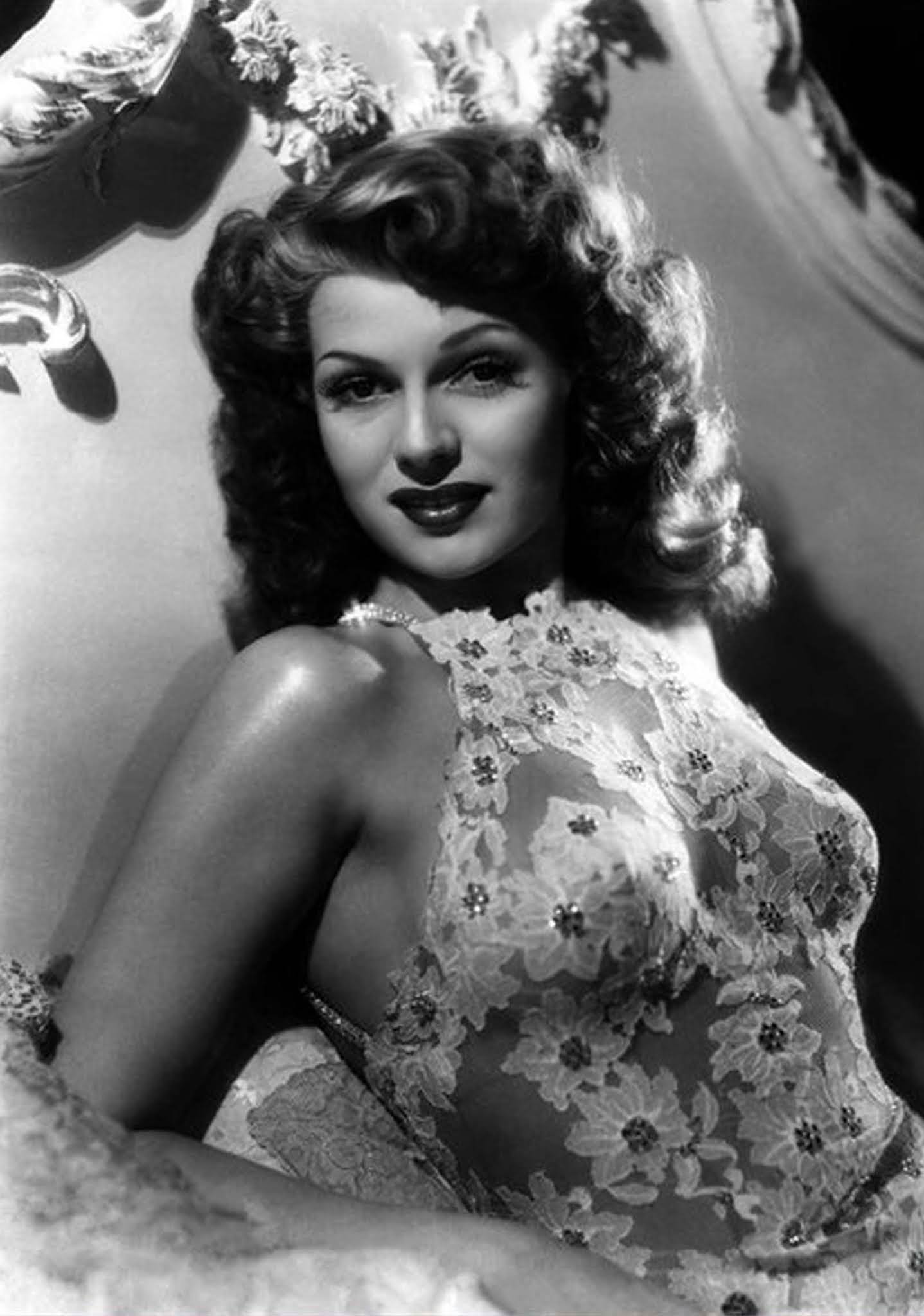
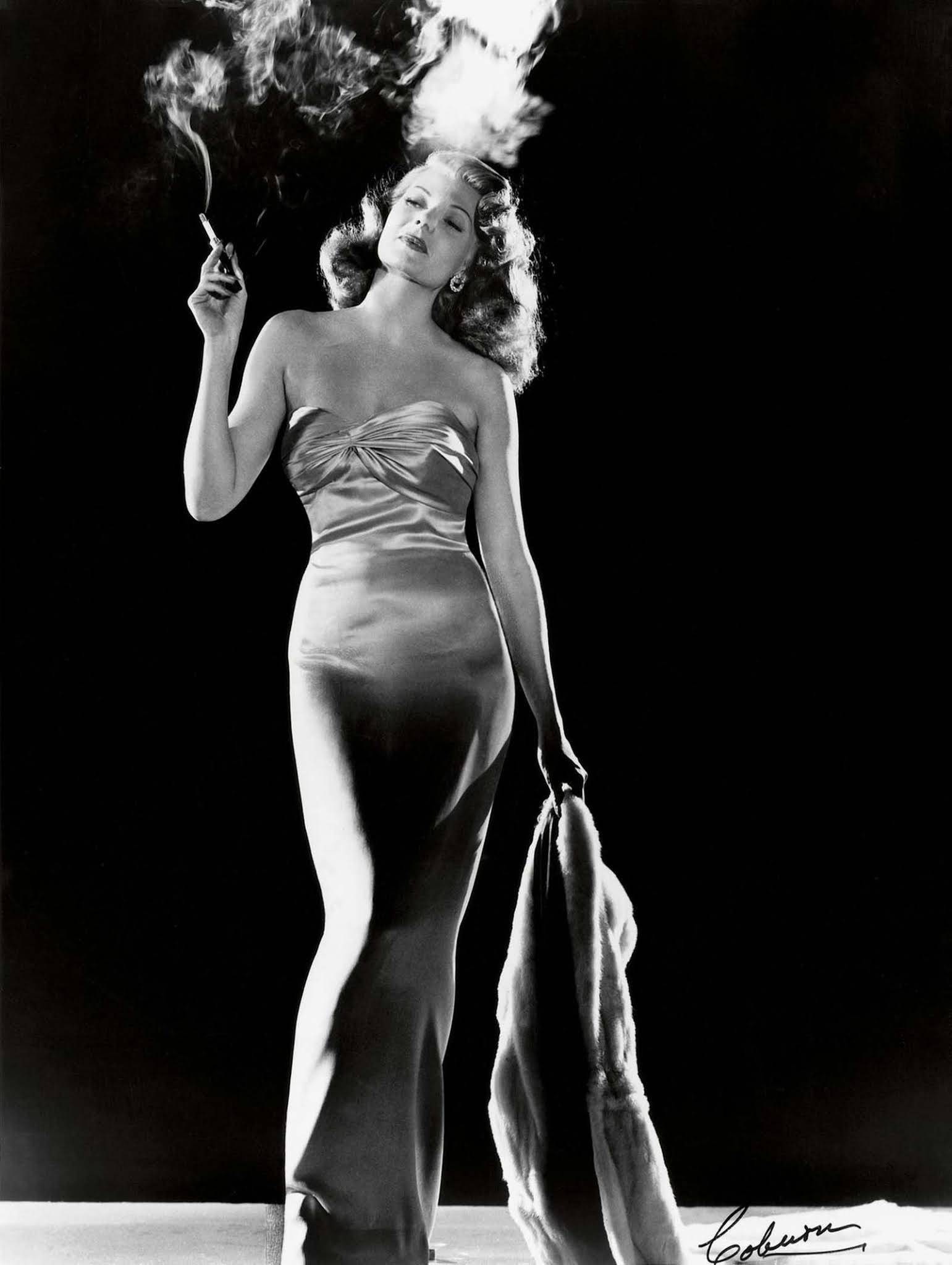
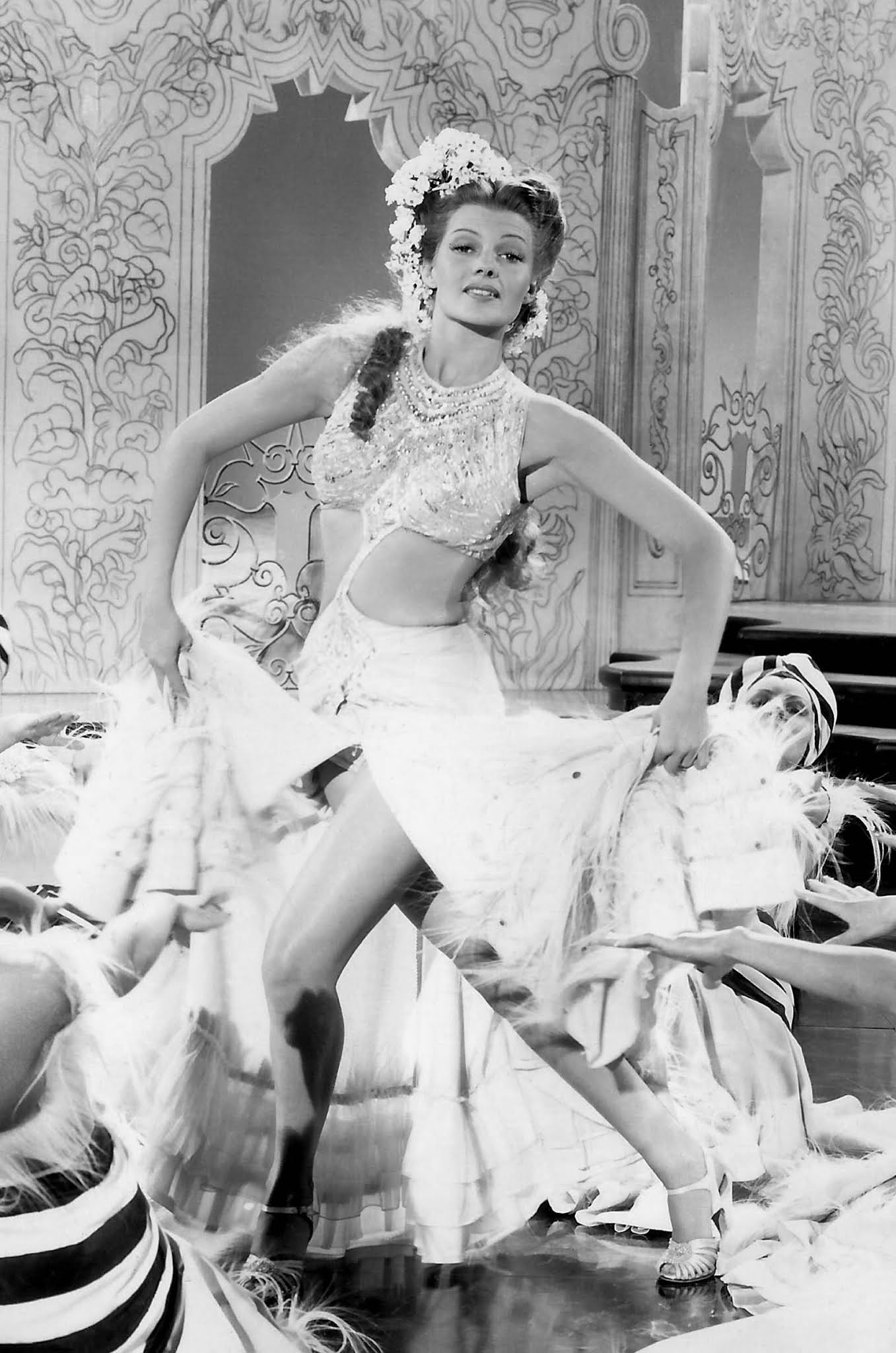
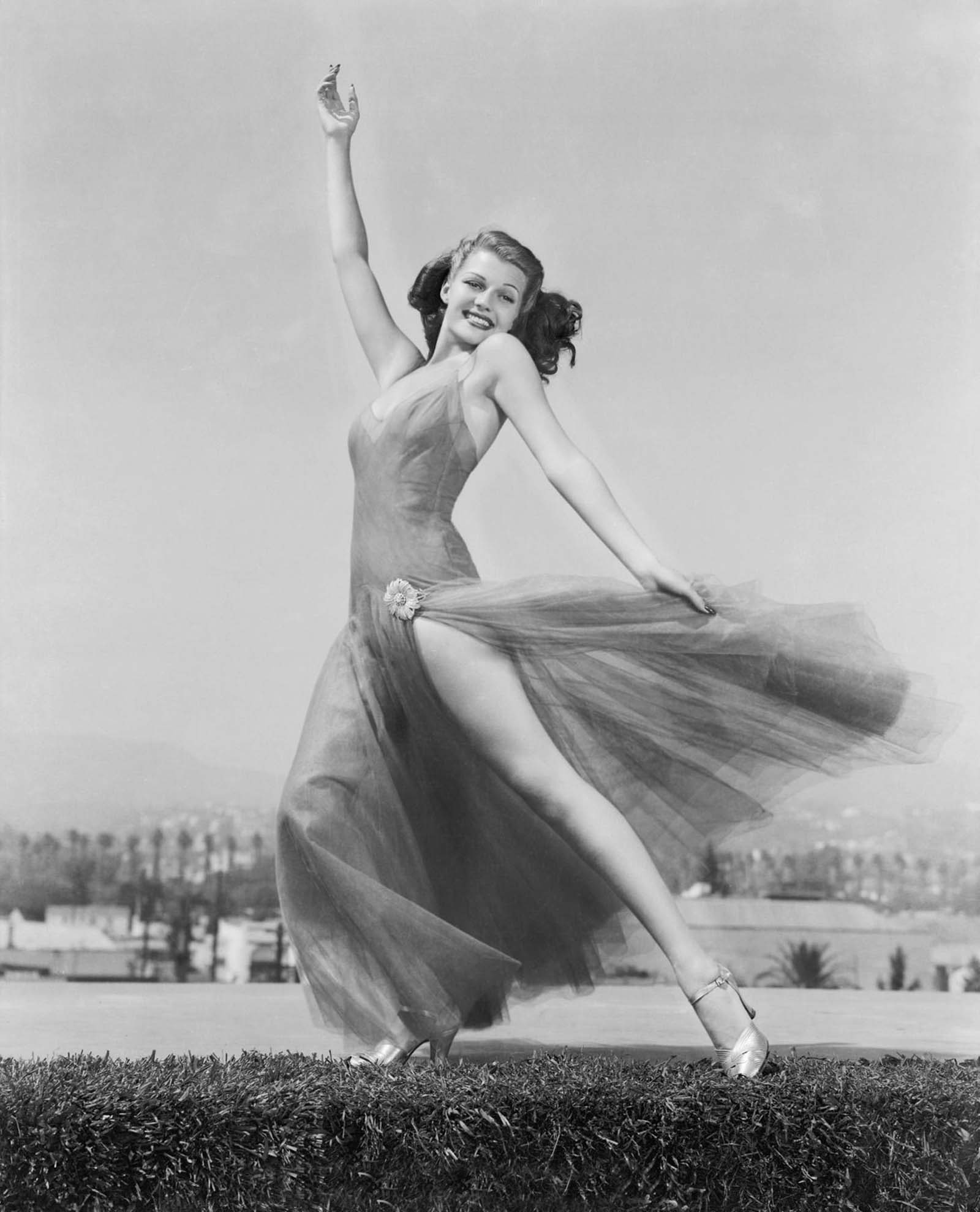
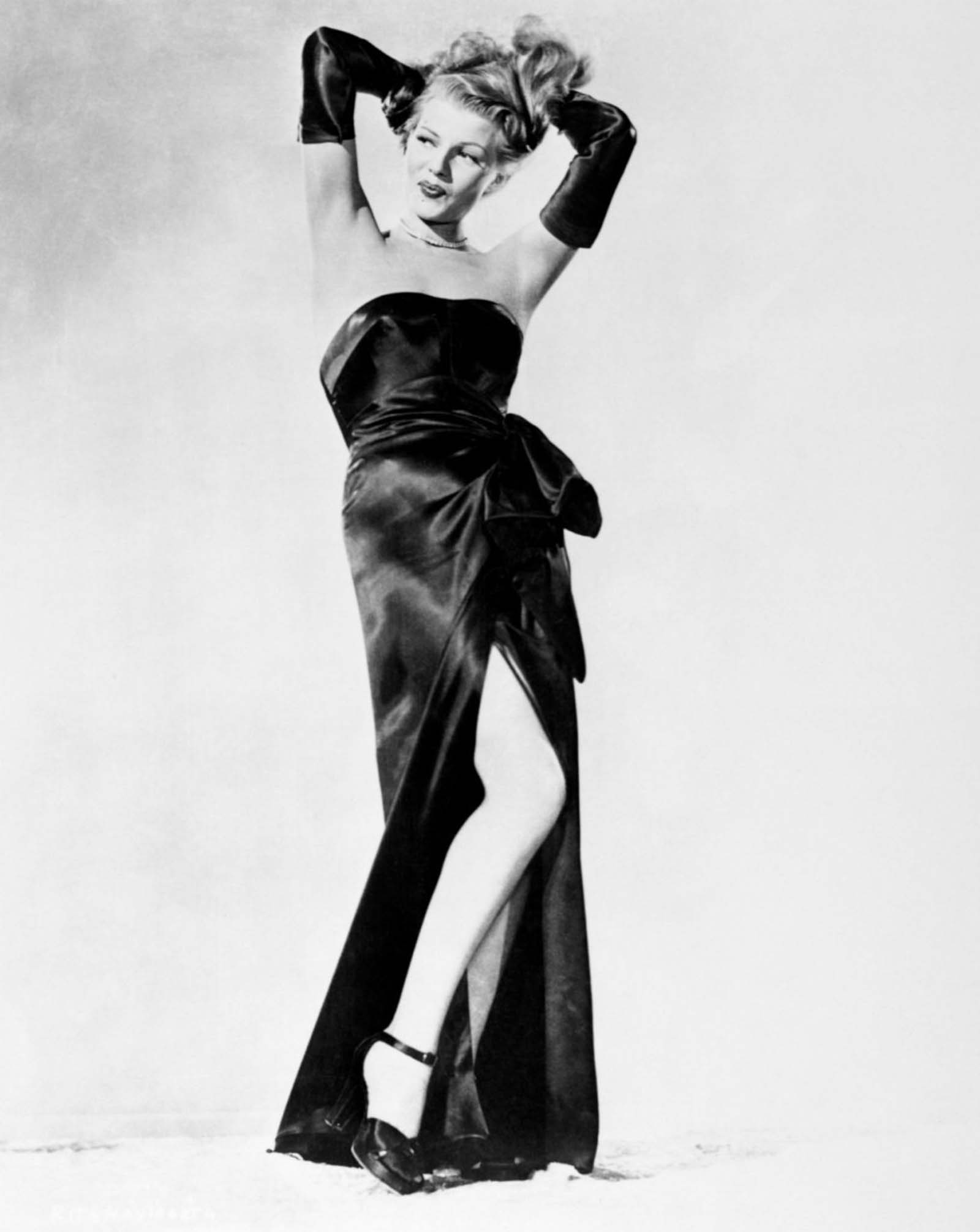
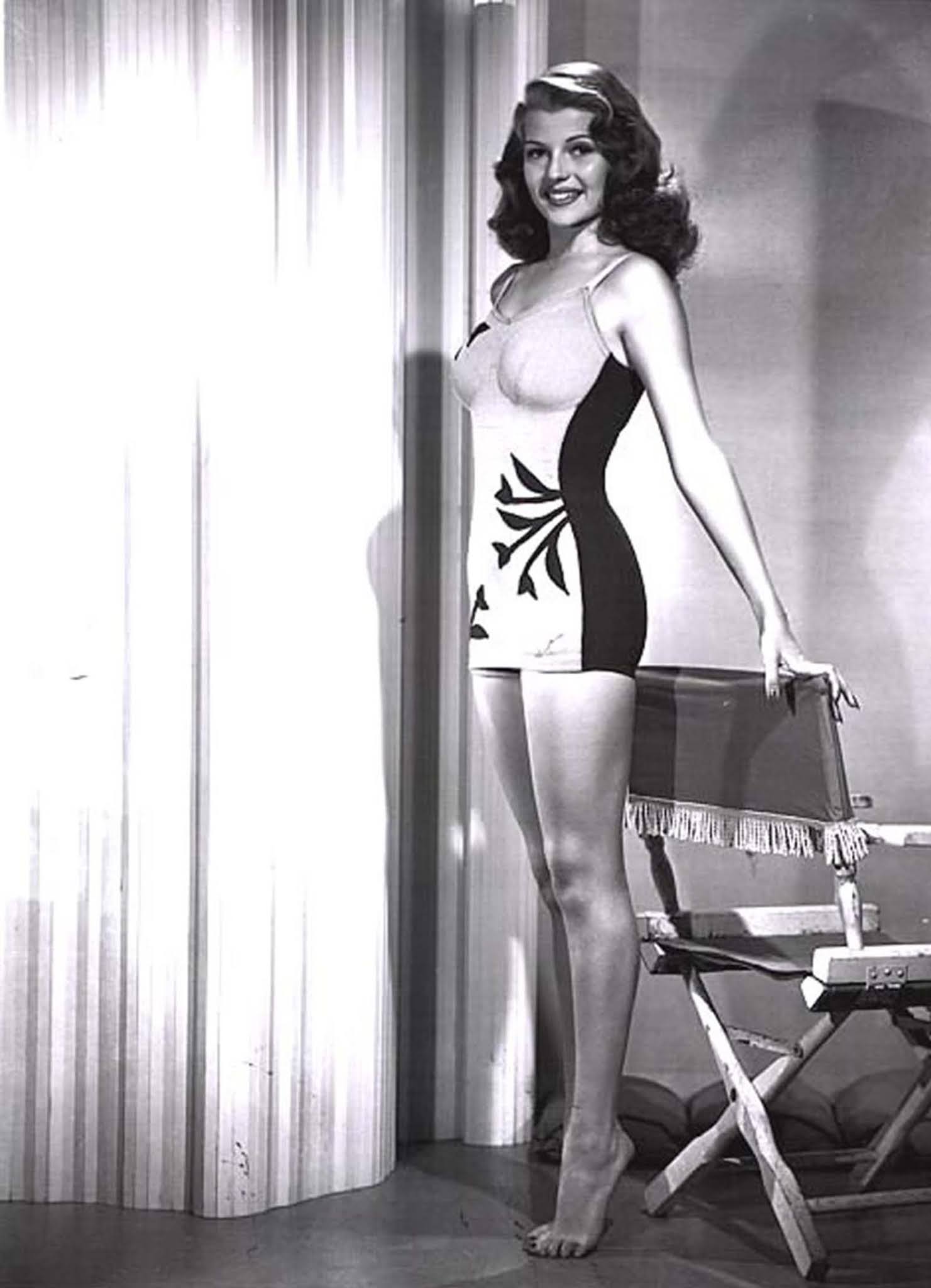
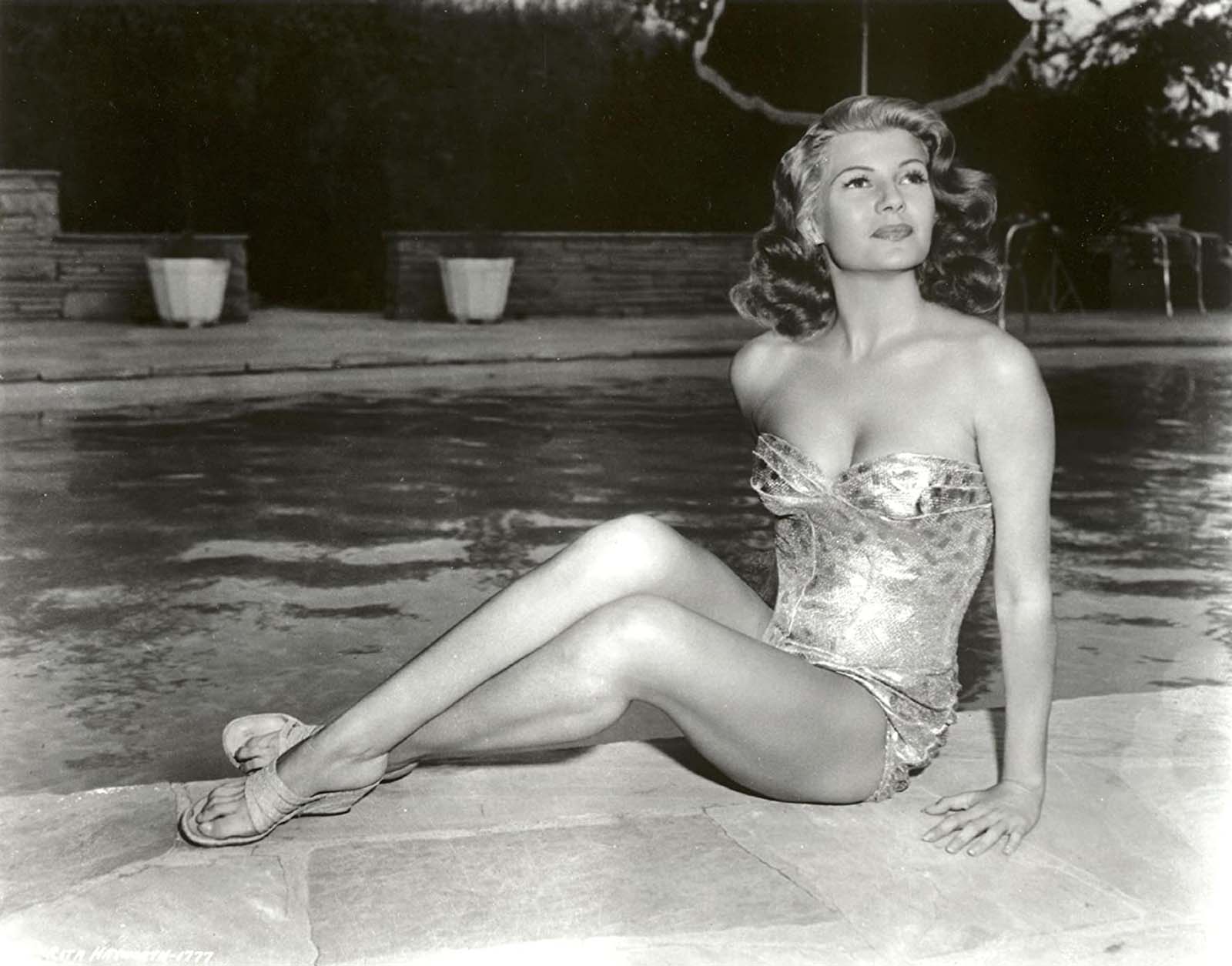
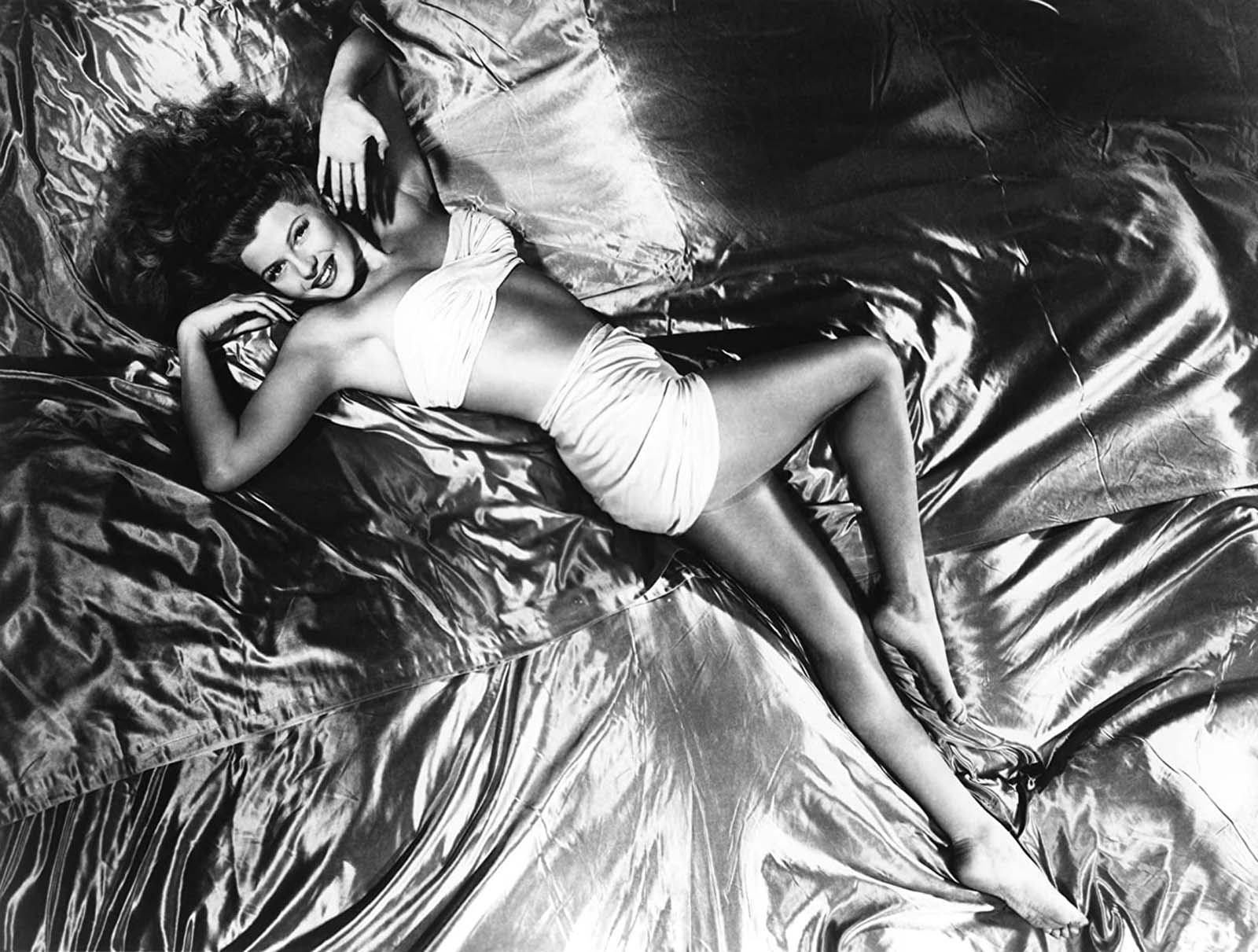
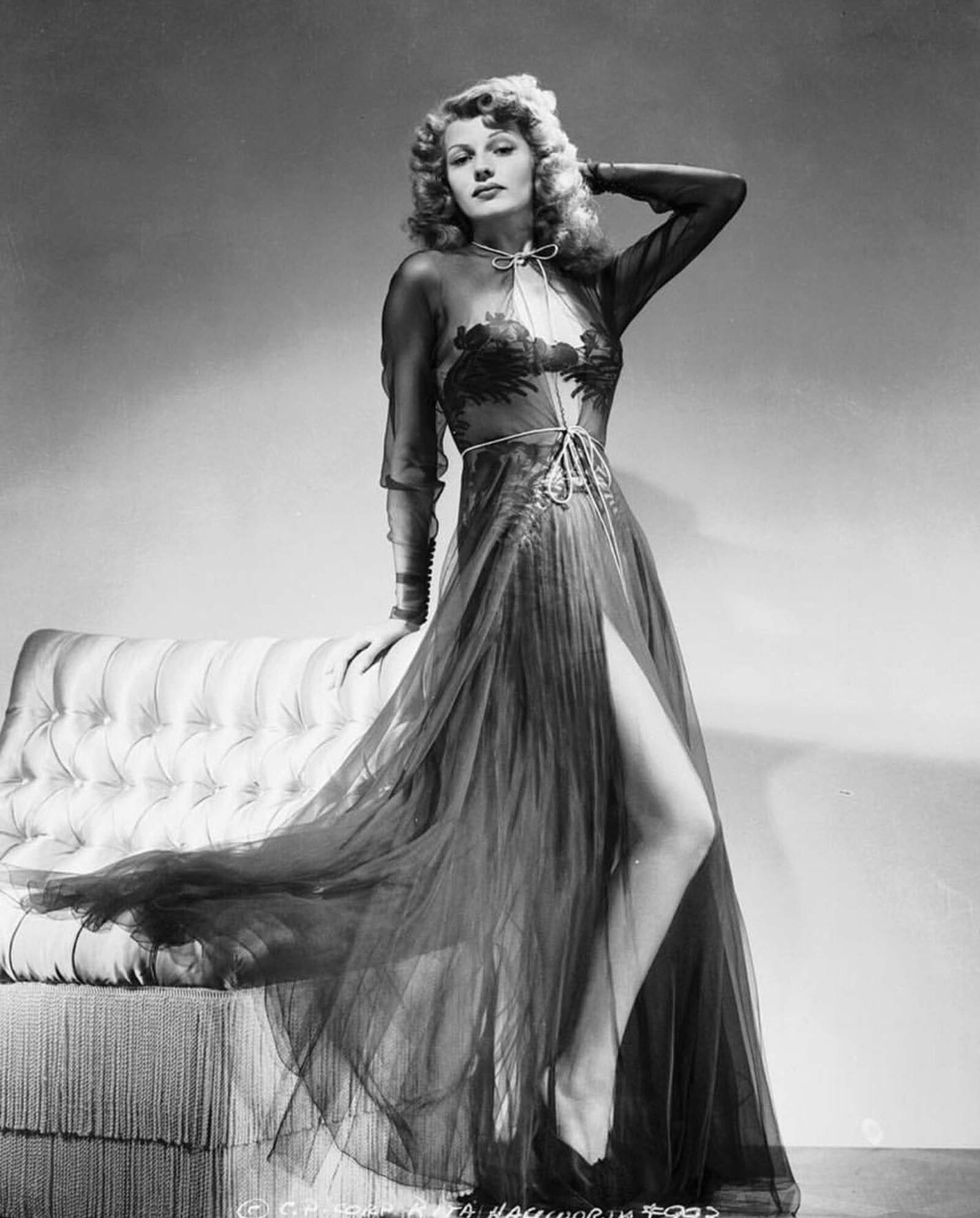

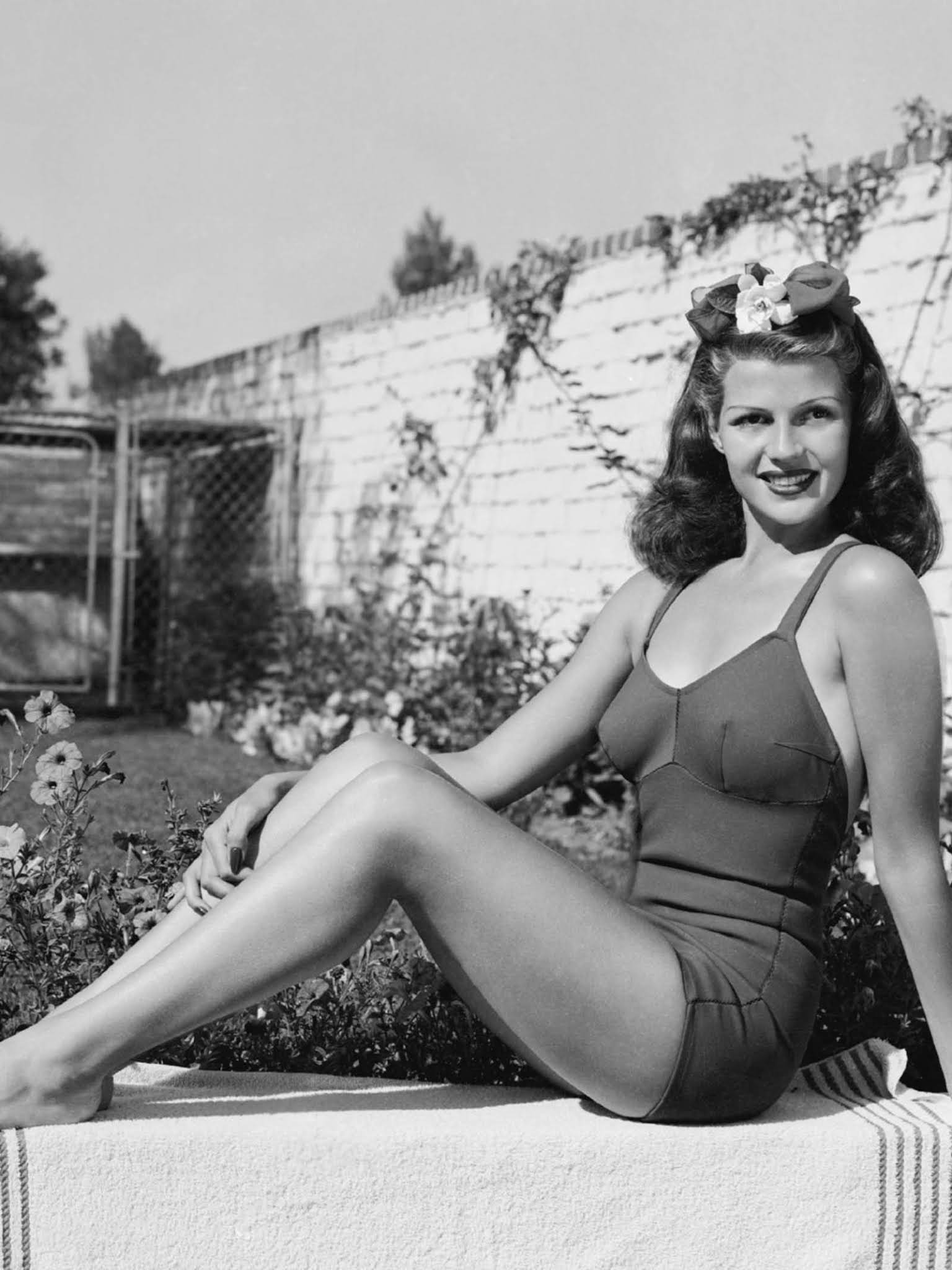

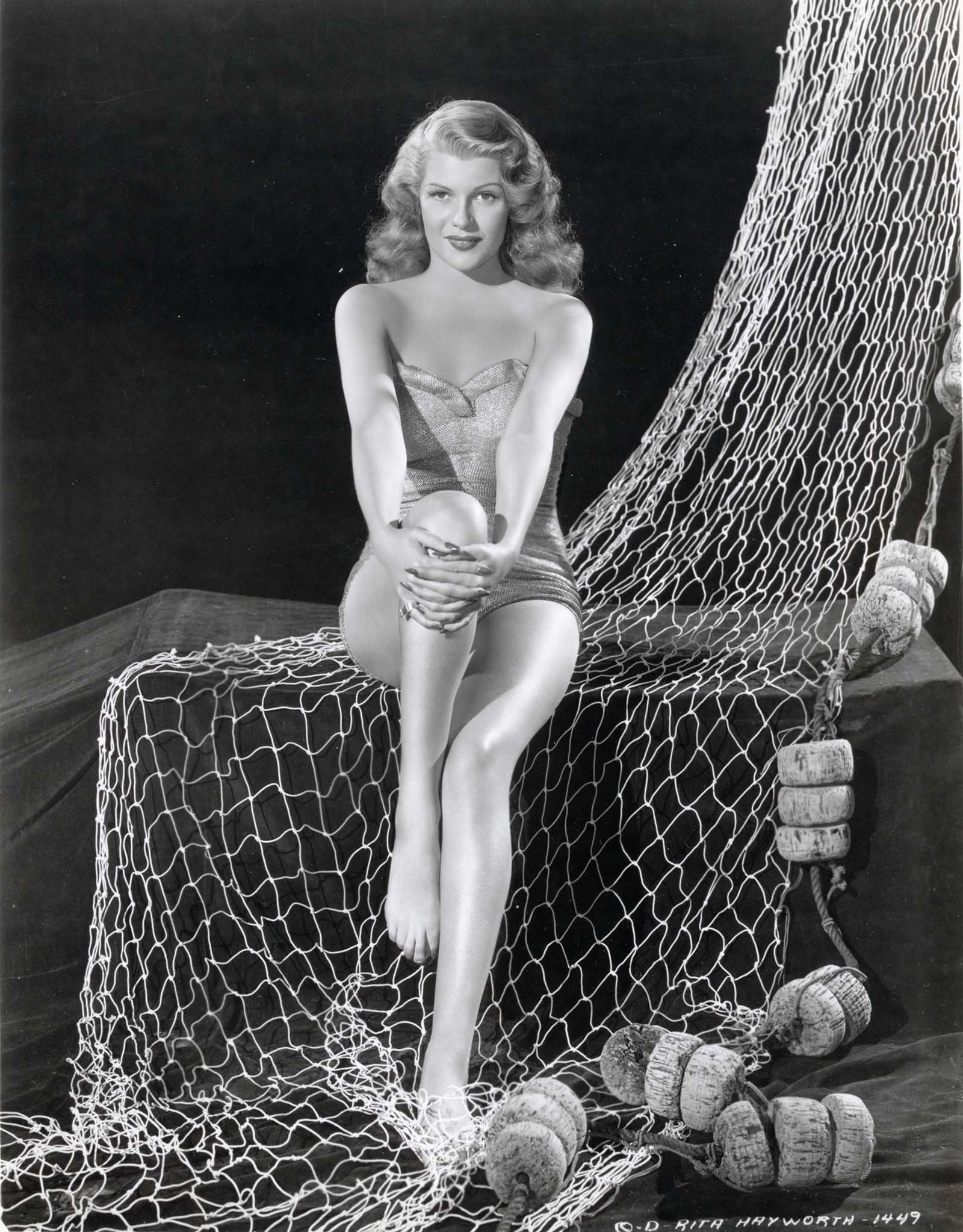
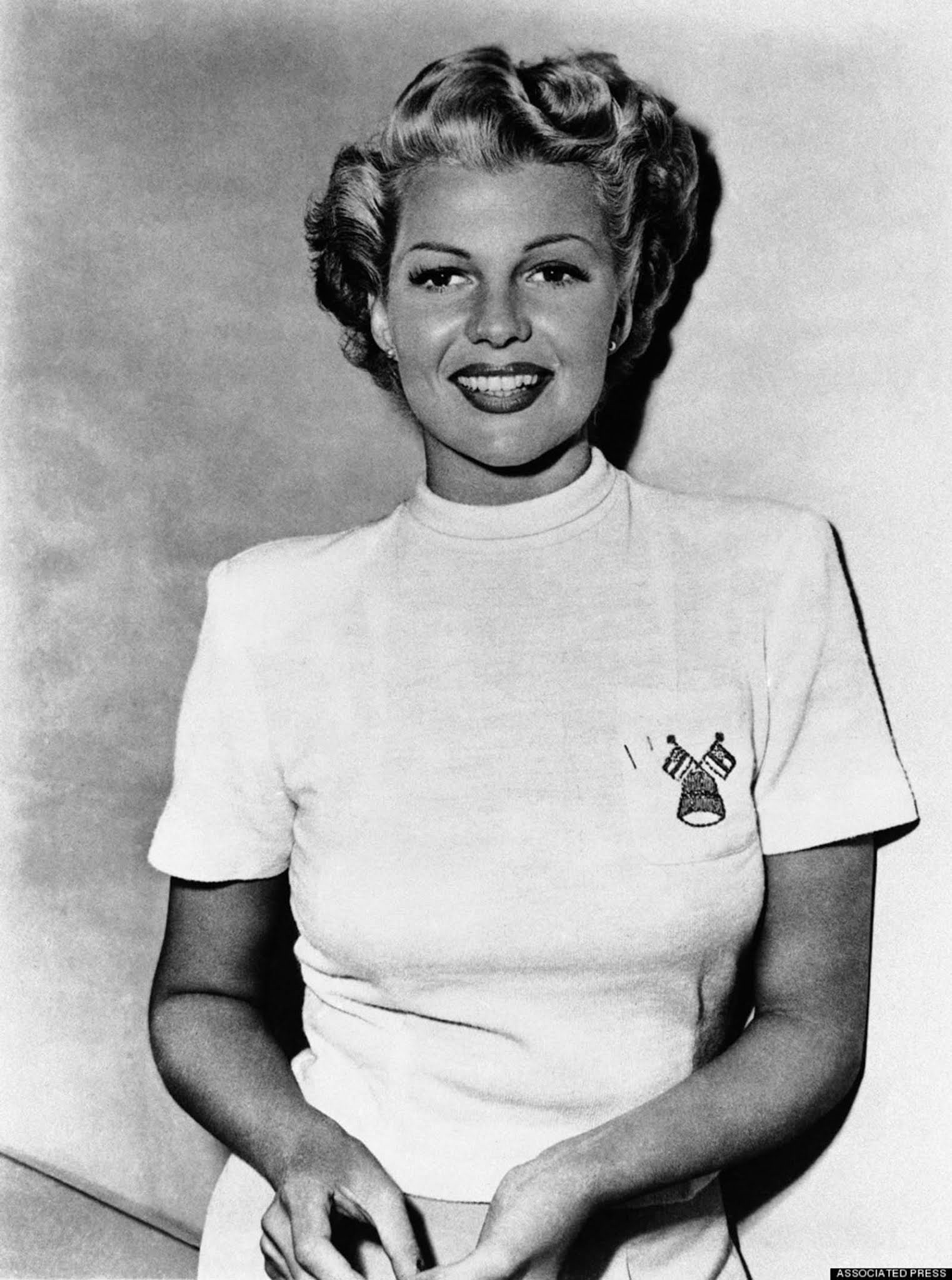


Comments
VOTE GOOD LUCK BEAUTIFULL GIRLS 🙂
first comment double food
Successfully transferred 400 item(s) to Zoran I Makedonski.
nice...
Successfully transferred 200 item(s) to shefutzu.
o7
Successfully transferred 200 item(s) to Fenoglioteam.
Hot stuff
first Arm comment ))
Successfully transferred 400 item(s) to J A M E S..
vote!!
Successfully transferred 200 item(s) to Lady Moon4.
Voted
Successfully transferred 200 item(s) to Dr Druid.
Keep up the good work! Love it!
Successfully transferred 200 item(s) to LufaniS.
Beautiful woman
Successfully transferred 200 item(s) to Obi Wan Simio.
voted
Successfully transferred 200 item(s) to ti4go2.
v11- s1090
Successfully transferred 200 item(s) to RIIAKATAN.
V, s.
Successfully transferred 200 item(s) to Joker from Bosnia.
She’s pretty and sexy done vote
Successfully transferred 400 item(s) to Saied Bassyouny.
О7
Successfully transferred 200 item(s) to Dvetebiri.
Beautiful 🥰
Successfully transferred 200 item(s) to PeeKaBooh.
v16.
o7
Successfully transferred 200 item(s) to idna.
Great article as always! v+e
Ahoy! \o?
Successfully transferred 200 item(s) to Dr.Male.
beautiful woman
Thank you for your support
"A girl should be two things: classy and fabulous."
Coco Chanel
Successfully transferred 200 item(s) to B l u e.
Beautiful woman
Successfully transferred 400 item(s) to A L U G O R O.
Some of the photos are very, very good. And Rita was a charming and beautiful woman.
Btw, do you know Betty Brosmer, the 1950s most famous model, pin-up and owner of an impossible waist (38-18-36)?